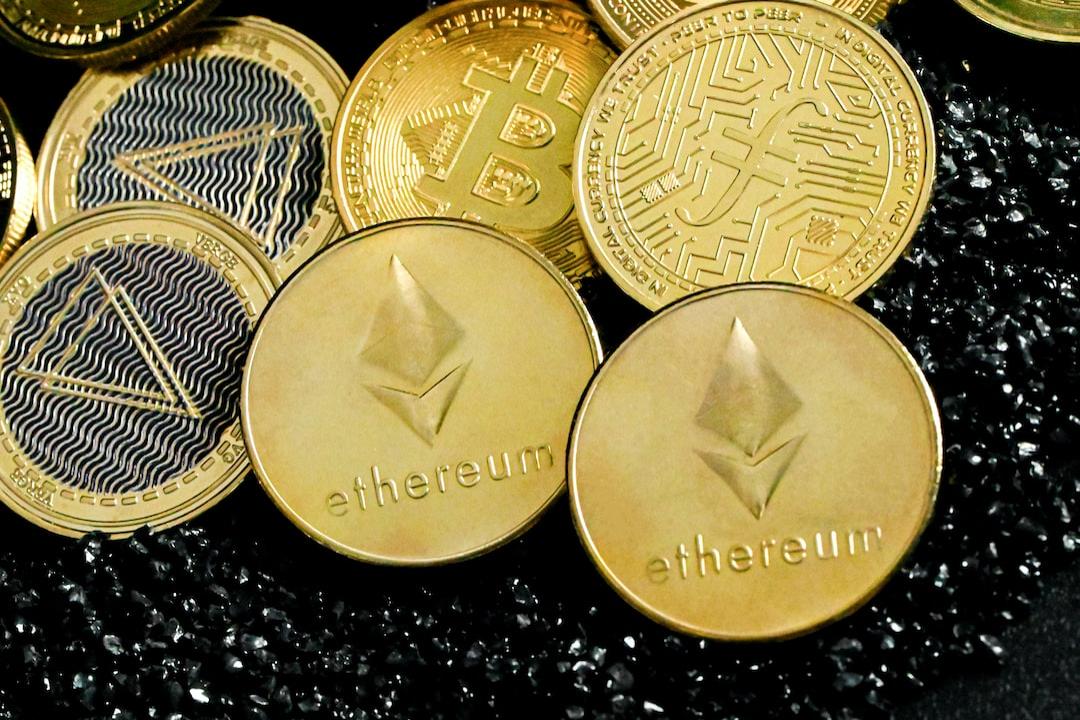Why is SOL so strong and technologically advanced? Is there an ecological explosion? Is it a capital self-rescue? The following will analyze when SOL is expected to rise.
Summary:
SOL has broken through $126, reaching a 20-month high, while Bitcoin is stuck at $44,000.
Background:
BitMEX founder “clears SOL to buy ETH”: God wants me to embrace Vitalik, Ethereum is expected to reach $5,000.
Table of Contents:
Why is belief gained through falls while consensus is gained through rises?
Why is asset creation crucial?
Why is a large amount of locked-up chips in the chip structure necessary?
Why is SOL so strong and technologically advanced? Is there an ecological explosion? Is it a capital self-rescue? We have heard these viewpoints too many times recently. I will provide a different perspective that may subvert your understanding. In the end, we will also discuss when SOL is expected to rise, which is something you, as a holder, should be concerned about.
There are three main points to discuss:
1. Belief is gained through falls while consensus is gained through rises.
2. Asset creation is crucial, as demonstrated by the rise of MEME leader BONK and the new narrative of Depin.
3. A large amount of locked-up chips in the chip structure, combined with high concentration, makes it difficult for FTX to handle short-term bankruptcy and avoid dumping.
Comparing the bull and bear markets that ETH has experienced, you can understand better. In the previous bull market, ETH performed exceptionally well, rising nearly 60 times compared to its lowest point in 2018. However, before that, compared to the peak in 2017, ETH dropped from 1440 to 81.79, a whopping 94% decrease. On the other hand, SOL dropped from 259.9 to 8, a 97% decrease.
During market confidence shocks, massive sell-offs occur, essentially resetting everyone’s accounts and starting anew. This is not only experienced by ETH and SOL but also by BTC, which has had multiple declines of over 90%, clearing all floating chips and stabilizing holders. As prices rise and money-making effects are created through continuous asset creation, external buyers start to enter the market, and that’s when everyone begins to pay attention to the changes brought by the fundamentals.
There are two types of people who drive price increases: those who already hold and continue to accumulate and potential buyers who buy at support levels or during an upward trend. When everyone who wants to buy has bought and holds for a long time, the market enters a sideways phase until the next key event.
Both of ETH’s bull markets experienced asset expansion, with ICO and DeFi booms locking up most of the floating chips. SOL followed a similar path, with BONK completing the journey and introducing the concept of Depin to expand the user base and create new assets. The key to winning the public chain competition is not how technologically advanced or how complete the ecosystem is, but the money-making effect and new narratives.
As for ETH, due to low efficiency in gas fund flow and a large number of believers (most of the purchases have already been made), as well as the stable chip structure of the PoS mechanism, we need to wait for the next key event, such as a significant reduction in gas fees or the introduction of new funds through ETF approval. With a large number of believers and sufficient potential buying pressure, there will be a significant explosion of strength after the trigger of a key event, so there is no need to rush to underestimate it.
It is commonly believed that a more evenly distributed chip structure is better, and a high concentration of chips is a bad thing. In fact, the opposite is true. It should be noted that every individual participating in market trading is the same as you. The more evenly the chip structure is distributed, the more factors need to be considered, making it difficult for prices to rise in reality.
The factors that determine price increases are potential buyers, not the distribution of chips in the target that has already been purchased. There are two types of potential buyers: those who already hold and continue to accumulate and potential buyers who buy at support levels or during an upward trend. In a stable holding situation, this constitutes the upward trend of prices.
The same example applies to ETH. In the previous ETH bull market, there was also a large amount of locked-up chips. ETH 2.0 locked-up funds could only be withdrawn after the upgrade was completed, the large amount of purchases by Grayscale Fund were only inflows without outflows, and the large amount of locked-up funds in DeFi almost locked up all floating chips. This allowed ETH to achieve a maximum increase of 60 times. Without the locking of these floating chips, there would undoubtedly be tremendous pressure on price increases.
Returning to SOL, FTX and Alameda Wallet collectively hold about 55.8 million SOL, accounting for 13% of the total circulation. This is similar to what ETH experienced in the past. However, after the SOL in FTX and Alameda Wallet resumes circulation, it may no longer be strong. This is similar to what ETH experienced after the Shanghai upgrade, where funds became withdrawable.
Related Reports:
Solana meme coin “Analos” violently surges by 2,900%! Traders turn 900 euros into 3.47 million dollars.
YouTuber with 10 million subscribers criticizes Solana Saga as the “worst phone of the year”: outdated design, tiny battery… airdrops can’t save it.
Solana rises to become the “fifth-largest cryptocurrency.” The reasons for the rise and ecological projects you must know.
Tags:
ETH
FTX
SOL
Solana


